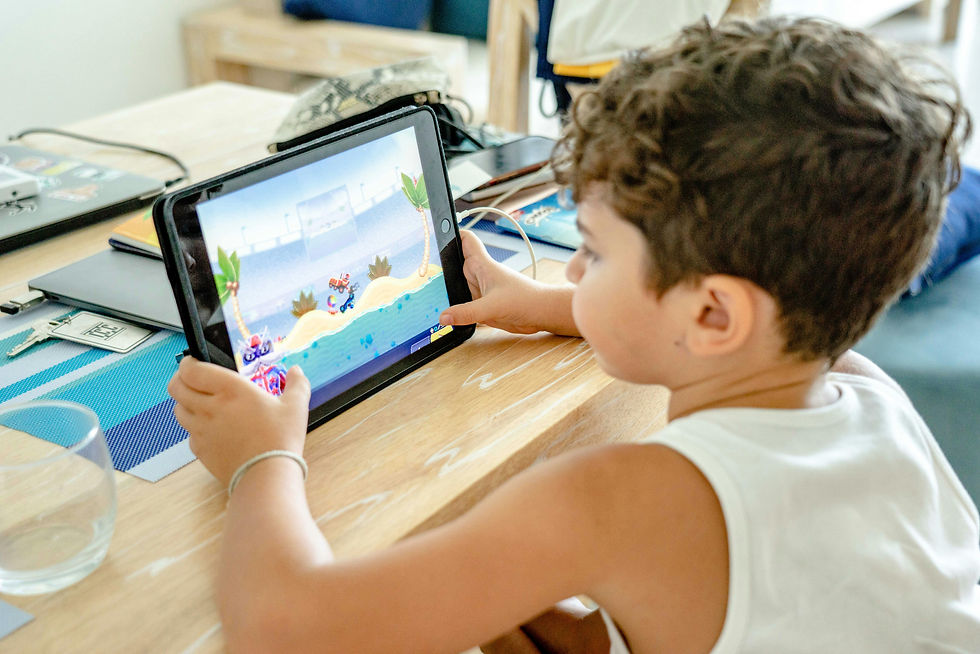Your Child Isn’t Lazy—Understanding What’s Really Going On
- Erin Carroll
- Jul 21, 2025
- 2 min read
Let’s be honest. When your kid is sprawled on the couch for the third afternoon in a row, surrounded by a trail of snacks and a half-finished math worksheet, it’s easy to think: Why won’t they just do it?
Cue the inner monologue: “Are they lazy? Unmotivated? Just trying to make me lose my mind? Am I a bad parent? Where did I go wrong?”
Here’s the truth: Most of the time, it’s not laziness. It’s executive dysfunction.

What “lazy” actually looks like (spoiler: it’s not this)
Let’s redefine some terms. Laziness means a conscious choice to avoid effort, even when a person has the tools and capacity to follow through. That’s rare in kids—especially those with executive functioning challenges.
Instead, kids are often:
Overwhelmed by where to start
Unsure how to organize the steps
Unable to hold all the information in their mind
Flooded by emotions about past failures or mistakes
From the outside, this can look like avoidance. But inside? Their brain is short-circuiting.
What’s really going on?
Let’s revisit executive function. Task initiation, planning, and working memory are all brain skills—ones that many kids haven’t fully developed yet, especially those with ADHD, Autism, anxiety, or learning differences.
Imagine being asked to build a LEGO castle, but no one gave you the instructions. And there a few key pieces missing, and the bricks keep sliding around. That’s what starting homework or cleaning a room can feel like for a child with EF challenges.
The research backs this up
According to Dr. Thomas Brown, a clinical psychologist specializing in ADHD, one of the key features of executive dysfunction is difficulty activating the brain to start non-preferred tasks—even when the child wants to do well.
In other words: motivation and ability aren’t the problem. Accessing those abilities is.
So how do we help?
Instead of pushing harder, shift your lens from behavior to brain.
Try these approaches:
Break it down – “First we clear the desk. Then we open the book. Then we read page one.”
Externalize the task – Use checklists, timers, or visual cues to offload the mental work
Connect before you direct – Validate that it’s hard before asking them to jump in
Kids are more likely to engage when they feel safe, seen, and supported—not when they feel judged or pressured.
Try this at home
The next time your child avoids a task, pause and say:
“Let’s figure out what’s tricky about getting started.”
Chances are, the challenge isn’t a character flaw. It’s a skill gap. And skills can grow.




Comments